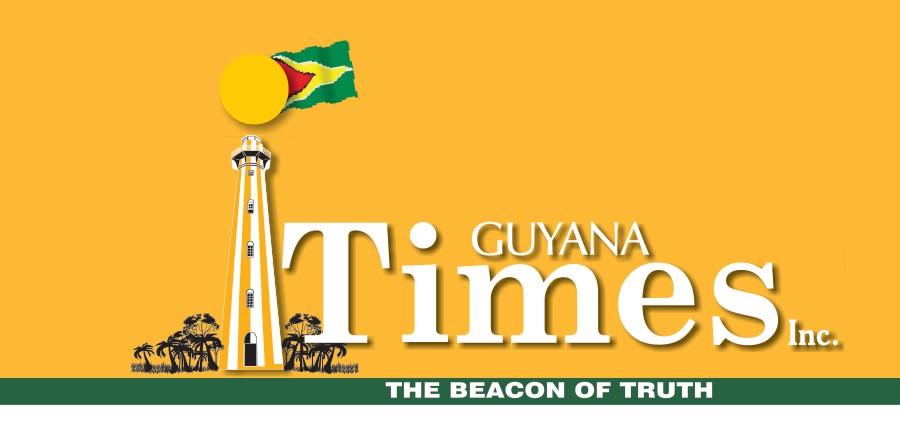There are some things the human senses can’t see or hear feel quickly enough — the silent passing of a jaguar through the middle of the night, the swish of movement of a fish beneath the river’s surface, or the quiet hum of life in the savannahs. Yet in Guyana’s Rupununi, a group of Indigenous monitors are finding ways to witness the rarely seen and previously unseen, blending ancient knowledge with modern science to track the rhythms of nature.

The South Rupununi Conservation Society (SRCS), has been chronicling this transformation. Reflecting on the work of the community monitors, Neal Millar, writing for forestsnews.cifor.org, paints a vivid picture of life and science unfolding side by side in one of Guyana’s most biodiverse regions.
“As the sun rises on the banks of a river, a community member collects a sample of water that will later reveal the DNA of fish and other wildlife. Nearby, a camera trap records a jaguar slipping through the forest undergrowth.”

For Millar, these moments capture more than fieldwork — they symbolise a shift in how conservation is being done. What was once the exclusive realm of scientists is now a partnership between Indigenous communities and researchers, driven by shared purpose and powered by technology.
“This kind of monitoring gives us real tools to understand what’s happening in our environment,” Titus Antone, a community monitor from Katoka Village tells him. “It helps us make better decisions for our communities, our wildlife, and our future.”
As Guyana’s economy surges — driven by offshore oil production now surpassing 900,000 barrels per day — the country’s commitment to preserving its natural wealth has only deepened. Through its Low Carbon Development Strategy (LCDS), Guyana continues to balance rapid development with the protection of its vast rainforests and rich biodiversity.
Guyana remains one of the most ecologically diverse nations on Earth — home to more than 800 bird species and over 6,000 plant species. Yet, as Millar and others note, growth brings challenges. Expanding infrastructure and climate change are reshaping the landscape faster than traditional observation can track.
“Without a reliable monitoring system,” Millar writes, “there is a risk of collecting inconsistent or irrelevant data, overspending on ineffective approaches or failing to track key ecological changes altogether.”
That concern helped spark the Sustainable Wildlife Management Programme — a multi-partner initiative funded by the European Union (EU) and implemented by the Centre for International Forestry Research and World Agroforestry (CIFOR-ICRAF). The programme’s cutting-edge biodiversity component is now being piloted in the Rupununi, with the goal of creating a model that could guide national and even global conservation efforts. At the centre of it all are the people who know the land best. Since March 2025, 28 Indigenous monitors from seven communities have been using camera traps, acoustic devices, and environmental DNA (eDNA) testing to track species and record changes in wildlife populations.
The data they collect not only informs local decisions but also feeds into national and international biodiversity goals — proof that the path to a sustainable future runs through collaboration between science and community.
“The biodiversity monitoring pilot in the Rupununi demonstrates how combining data, Indigenous knowledge and policy can strengthen both ecological integrity and support long-term goals – lessons that extend well beyond Guyana’s border,” said Millar.
Discover more from Guyana Times
Subscribe to get the latest posts sent to your email.













